When modern medicine is out of reach, knowing how to improvise could be the difference between recovery and disaster. Whether you are living off-grid, caught in a grid-down scenario, or simply want to rely less on pharmaceuticals, building a field medic kit with natural and improvised items is not just possible, it is smart.
Improvised Wound Dressings and Bandages
In the absence of commercial gauze and bandages, clean cloth becomes your most valuable medical resource. Old cotton shirts, pillowcases, or sheets can be boiled and cut into strips or pads. A two-inch strip tied tightly can stop bleeding, and folded pads can act as dressings. Always sanitize cloth first by boiling it in water or using fire to ensure cleanliness.
Sanitary pads and tampons are often overlooked as trauma dressings. Pads can cover open wounds and are sterile out of the packaging. Tampons are less ideal for deep trauma but can be used to plug puncture wounds temporarily.
Duct tape is essential. It can be used to secure bandages, act as waterproof protection, or be cut into strips to close lacerations like butterfly closures. Plastic wrap, ziplock bags, or even grocery bags can serve as a moisture barrier over wounds or dressings. These materials are especially useful for chest injuries. Used with tape, plastic creates an improvised chest seal.
A triangular cloth or large bandana can do double duty as a sling, a wrap for wounds, or a pressure bandage. Safety pins, elastic strips from clothing, and even bungee cords can assist with securing dressings and immobilizing limbs.
Natural Antiseptics and Disinfectants
Preventing infection is vital. Without antibiotics, the next best line of defense is cleaning the wound and applying natural antiseptics.
Saltwater (saline) is easy to make: boil 1 liter of water with 2 teaspoons of salt. Use this to flush out dirt, bacteria, or debris from a wound. Salt also helps dry out infections, making it suitable for mouth rinses and even foot soaks.
High-proof alcohol like vodka or rum (preferably 120 proof or higher) can sterilize tools and disinfect shallow wounds. Use sparingly on open tissue to avoid damaging cells.
Raw honey is one of the most effective antiseptics available without a prescription. It fights bacteria, keeps wounds moist, and speeds healing. Spread it directly onto wounds or onto dressings, changing them daily.
Activated charcoal absorbs bacteria and toxins. A charcoal paste applied to an infected wound can draw out pus and reduce inflammation. Even firewood charcoal, crushed and mixed with clean water, can help when activated charcoal is unavailable.
Garlic, aloe vera, tea tree oil, and vinegar all offer antimicrobial properties. Crushed garlic applied with care can inhibit bacteria, while aloe vera soothes burns and cuts. A drop or two of tea tree oil in water creates a disinfectant wash. Vinegar can clean wounds in a pinch.
Tools for Splinting and Immobilization
Injuries like fractures and sprains are common in emergencies. Splints help immobilize to prevent further damage.
Strong branches, sticks, or hiking poles work well for splints. Wrap the limb with cloth to prevent friction and tie the splint securely with strips of fabric, tape, or cordage.
For arm injuries, triangular bandages or scarves make effective slings. Tie the fabric around the neck and under the arm, or bind the injured limb to the torso if needed.
Blankets, jackets, and pillows can be used for makeshift padding. Even rolled-up newspapers or a hardcover book can work if tied tightly enough to prevent movement.
A tourniquet is a last-resort measure for life-threatening bleeding. A belt, scarf, or strip of cloth at least two inches wide can be used with a stick or tool as a windlass. Twist to apply pressure until bleeding stops. Never place over a joint, and remember to document the time it is applied.
Herbal Pain Relief and Anti-Inflammatories
Pain control without medicine can be difficult but manageable with the right plants and spices.
Willow bark is nature’s aspirin. Boiling a handful of the inner bark makes a tea that relieves pain, inflammation, and even fever. Do not exceed 3–4 cups a day, and avoid if you are allergic to aspirin.
Clove is effective for toothaches. Chew a clove or apply clove oil to numb the area. Peppermint and wintergreen have mild analgesic effects. Make tea or apply essential oil to temples for headaches.
Turmeric and ginger are natural anti-inflammatories. A turmeric paste helps skin infections and inflammation. Ginger tea eases nausea and pain. Valerian root and passionflower can calm the nervous system and help people rest.
Plantain leaves, if found in the wild, make excellent poultices for bites and wounds. Arnica (topical only) reduces bruising and inflammation. Keep essential oils like peppermint and eucalyptus in your kit since they are multipurpose and long-lasting.
Infection Control and Sanitation
Keeping wounds and tools clean is non-negotiable. Boil cloth before use. Sanitize knives, needles, or tweezers in flame or boiling water. Wash hands thoroughly. If you do not have soap, alcohol or even ash and water will help. If gloves are not available, use plastic bags over your hands.
Change dressings daily. Expose wounds to air during dressing changes, but keep them covered afterward. Avoid sealing in infections with airtight wraps unless absolutely necessary.
Hydration and nutrition play a role in recovery. Make an oral rehydration solution with water, a pinch of salt, and a spoonful of sugar if diarrhea or vomiting occurs. Rest and warmth are essential parts of care.
Avoid performing complex medical procedures unless you are trained. Sometimes the best course of action is stabilization and evacuation.
Assembling Your No-Pharma Medic Kit
Here is what to pack in your natural field medic kit:
- Clean cotton cloth or bandanas
- Duct tape
- Plastic wrap or ziplock bags
- Safety pins and cloth strips
- Small jar of raw honey
- Salt (for saline)
- Bottle of high-proof alcohol
- Activated charcoal tablets or powder
- Knife or multitool
- Tweezers
- Herbal remedies (willow bark, turmeric, ginger, garlic, aloe vera gel, peppermint oil)
- Clove and tea tree oil
- Tourniquet material (belt or scarf)
- Triangle bandage or scarf for slings
- Firestarter for sterilizing tools
- Printed guide on usage of remedies
Conclusion
You do not need a pharmacy to be prepared. A field medic kit built with knowledge, natural remedies, and common sense supplies can help treat wounds, pain, infection, and injuries off the grid. What matters most is your skill in using these tools correctly. Study, train, and practice basic first aid now, before you need it.
In a true emergency, the person with the best knowledge becomes the doctor. With the right non-pharmaceutical medic kit in your pack, that person can be you.

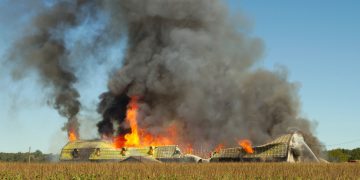
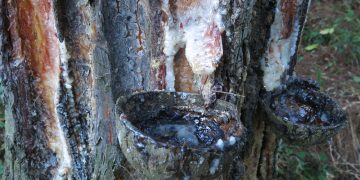
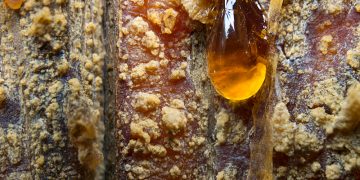

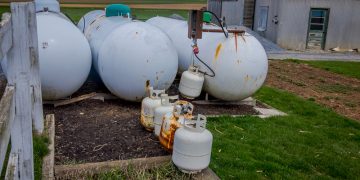
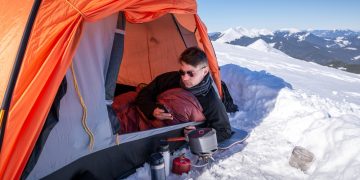

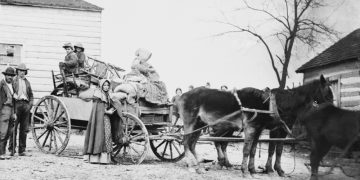
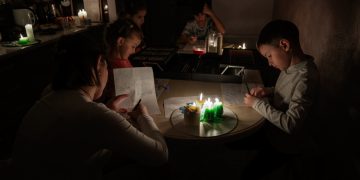
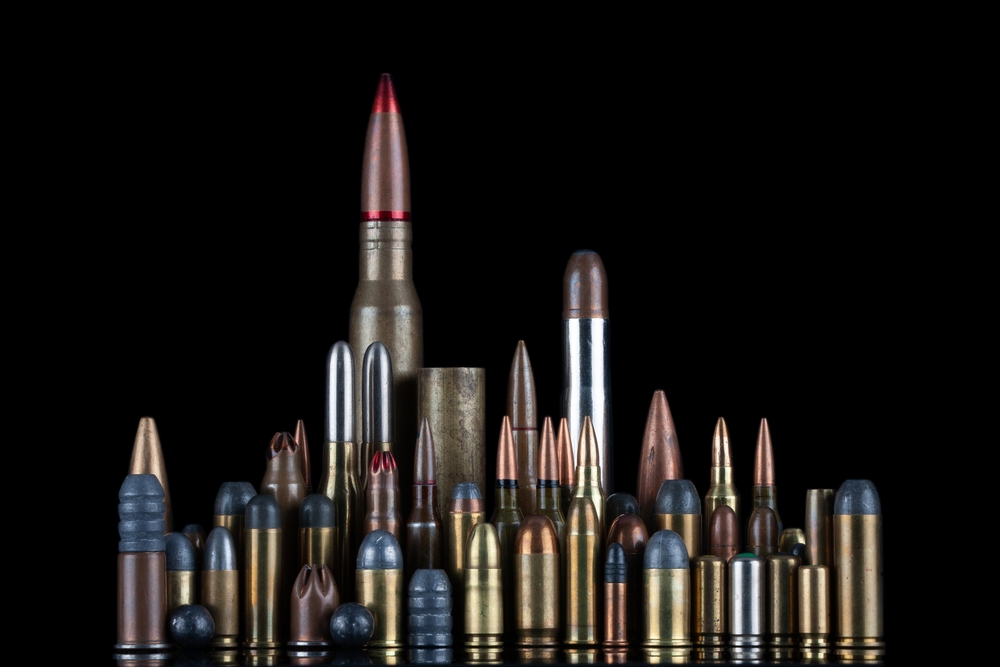
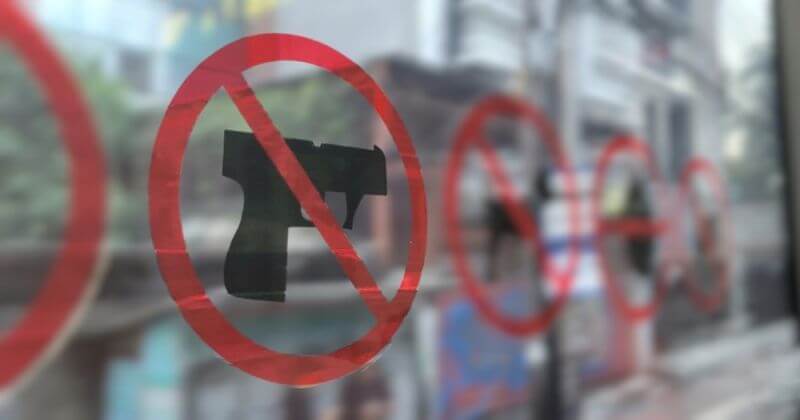


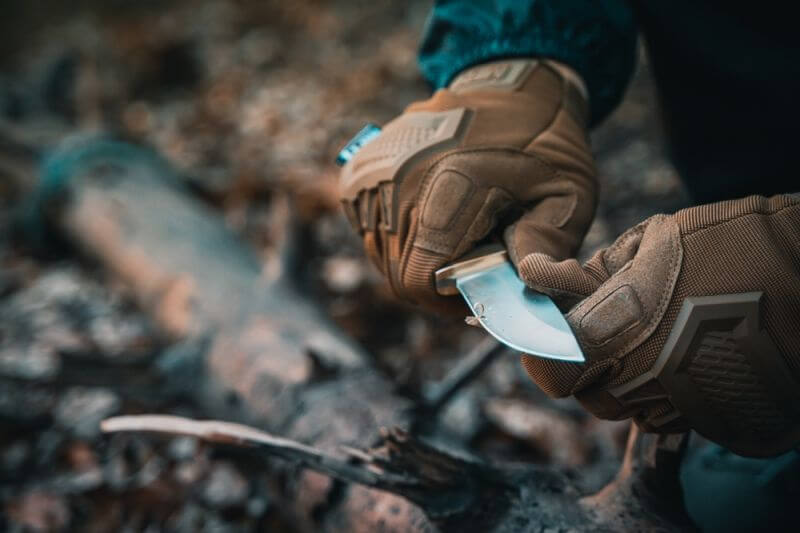
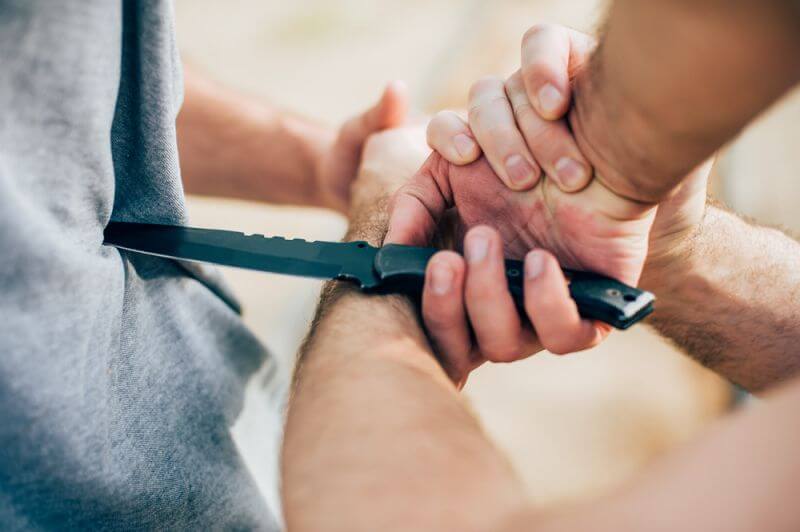
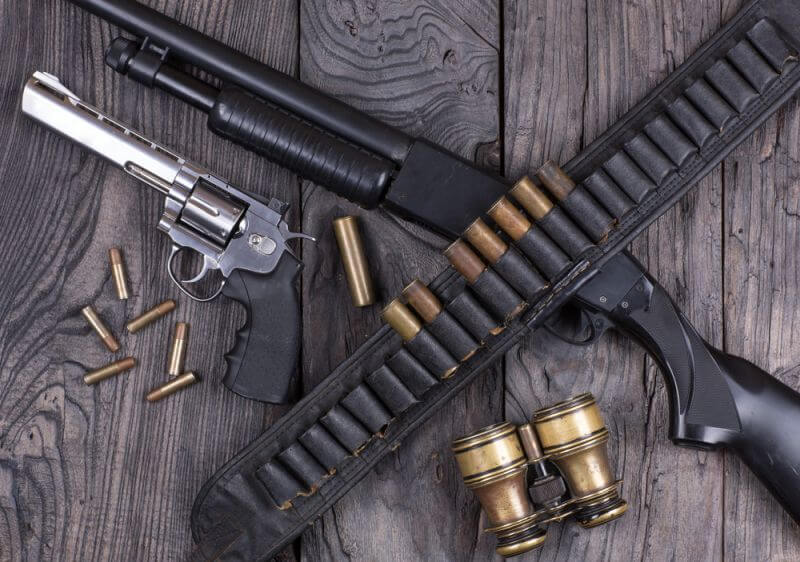
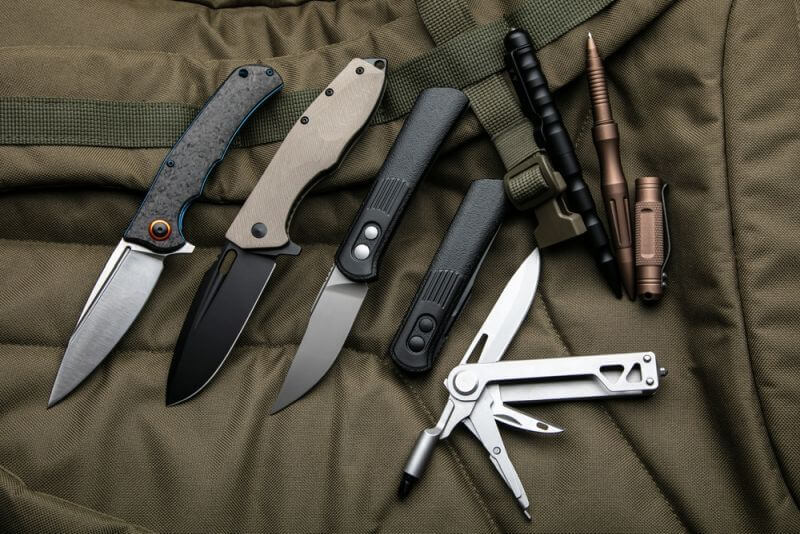
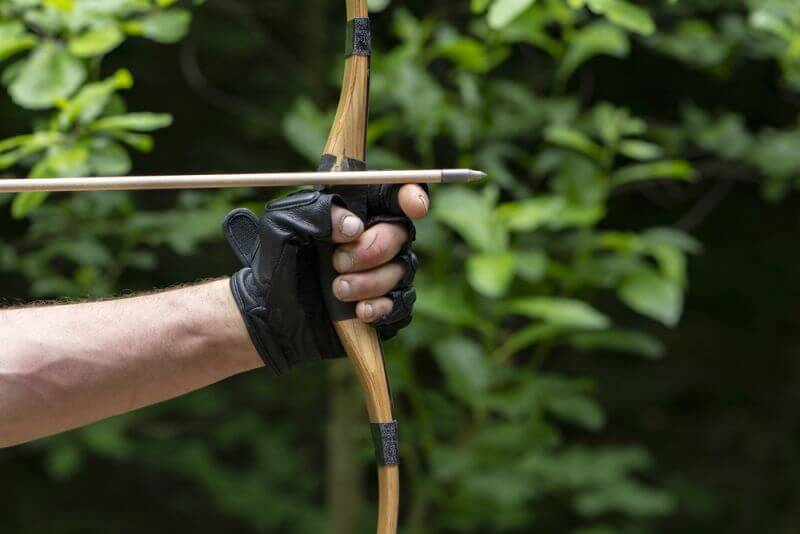
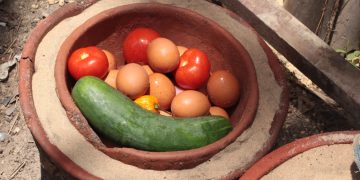

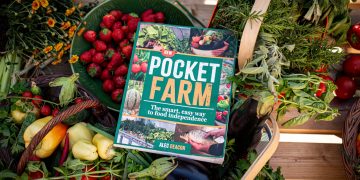
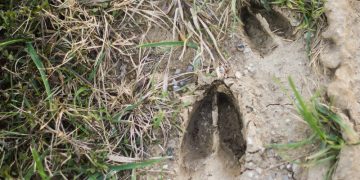
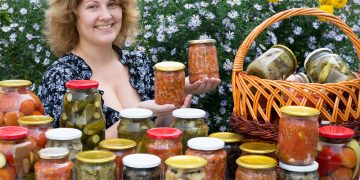


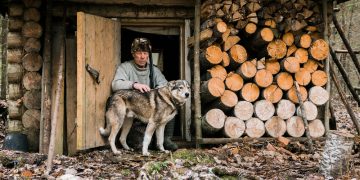
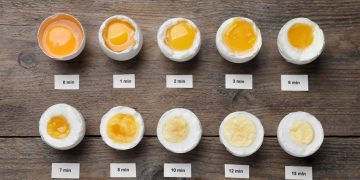

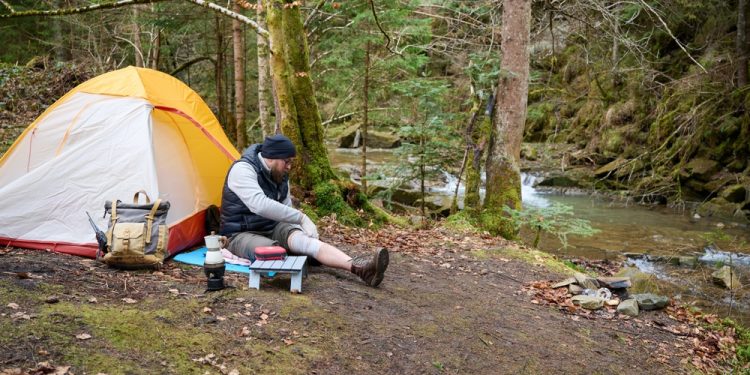







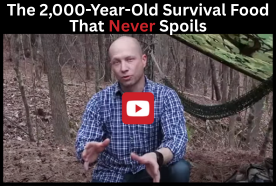


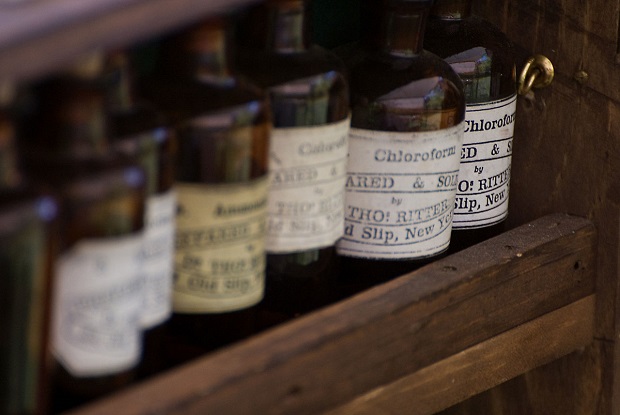
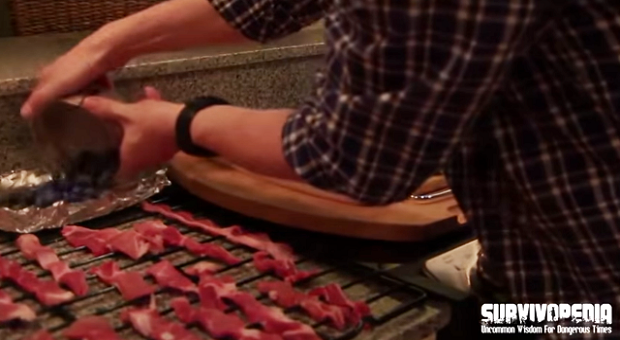



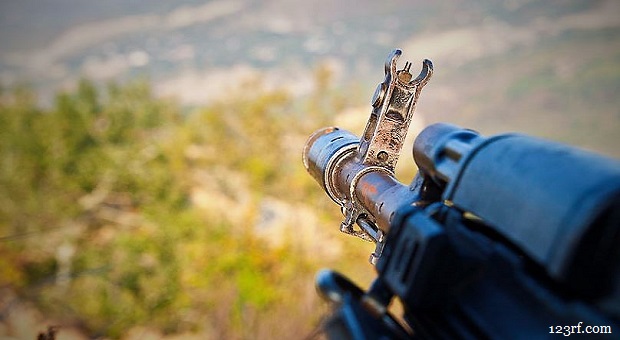
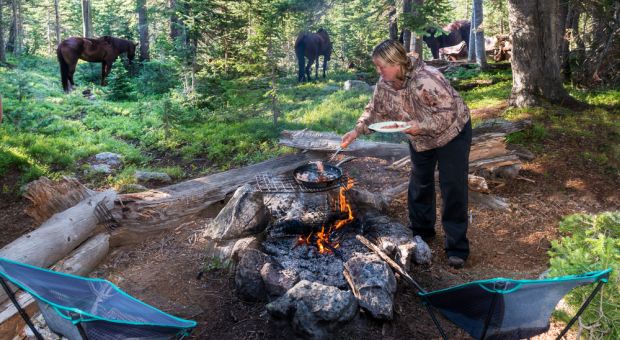
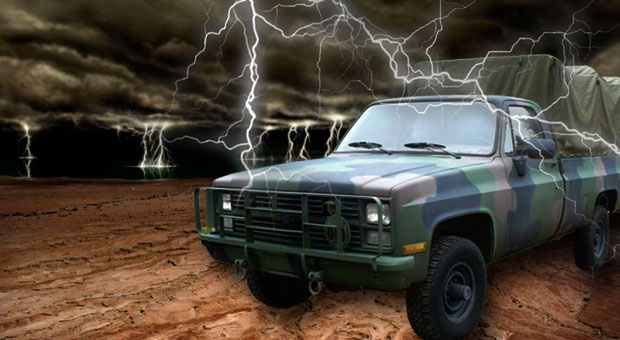
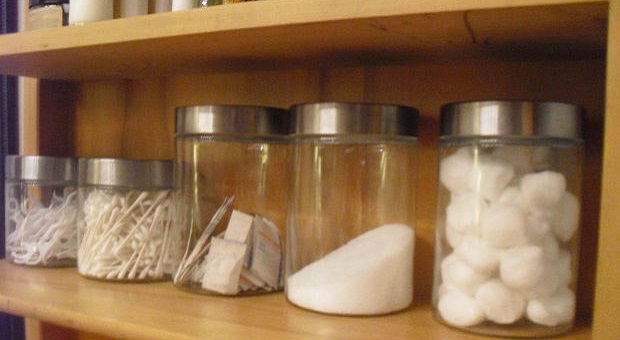
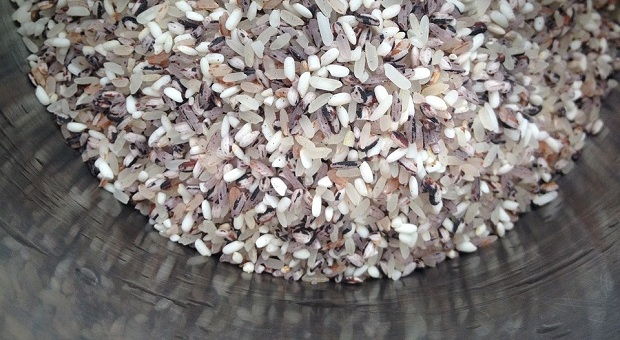








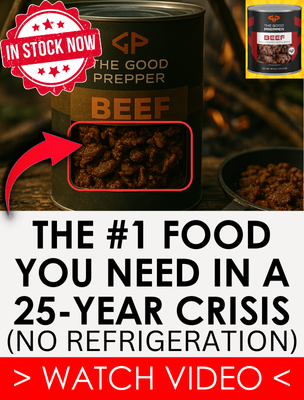









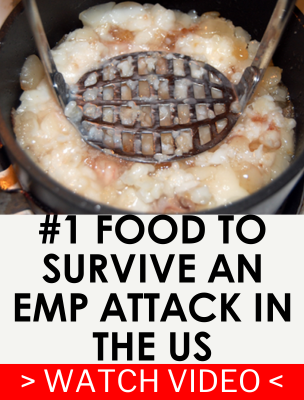
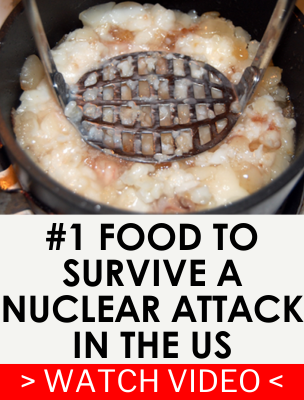
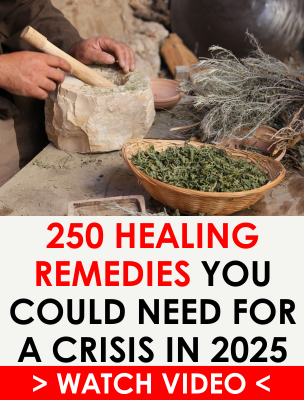
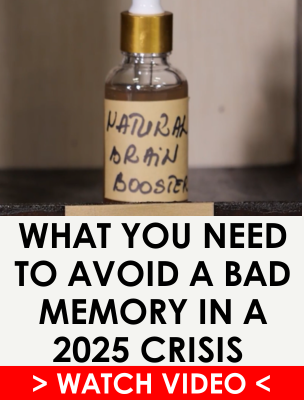
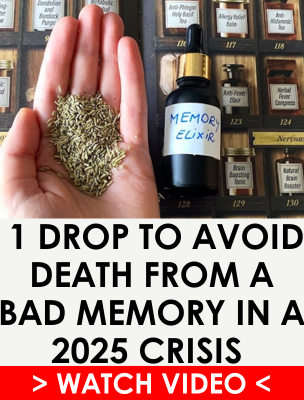



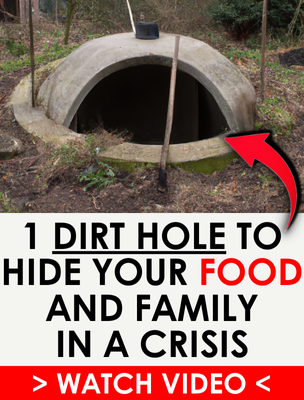
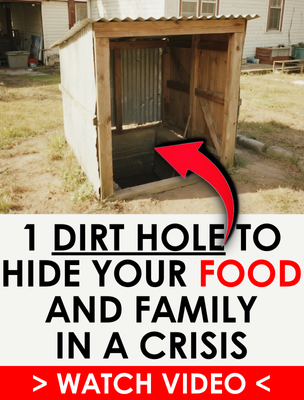


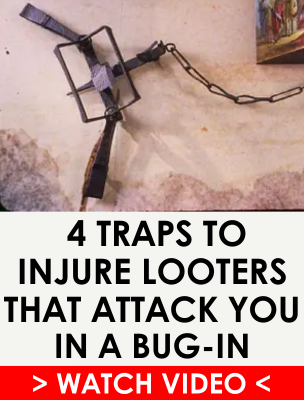

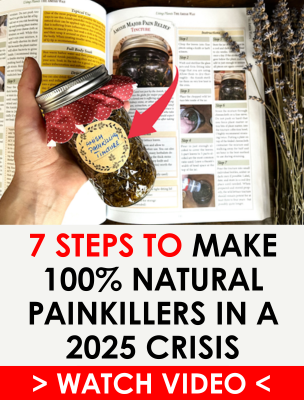
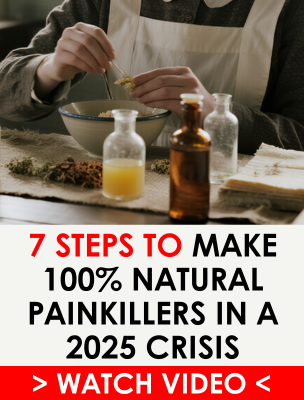
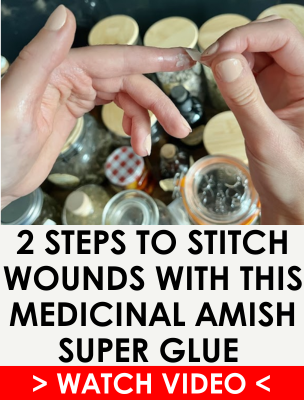
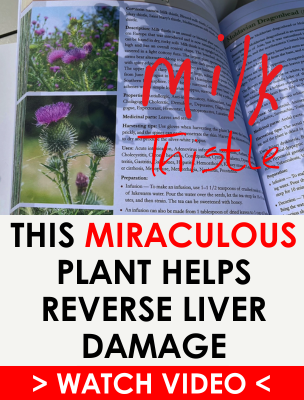

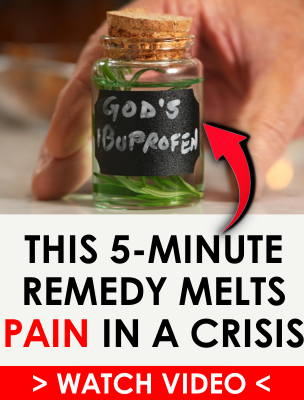

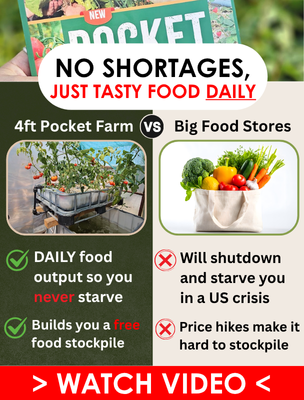


I would add grapefruit seed extract (GSE) available at most health food stores. Antibacterial, antiviral, antifungal. I use 10 drops in a cup of warm water as a gargle at the first sign of a sore throat. Too concentrated to use full strength – always dilute. Could be a wound irrigation solution too. Do you agree?